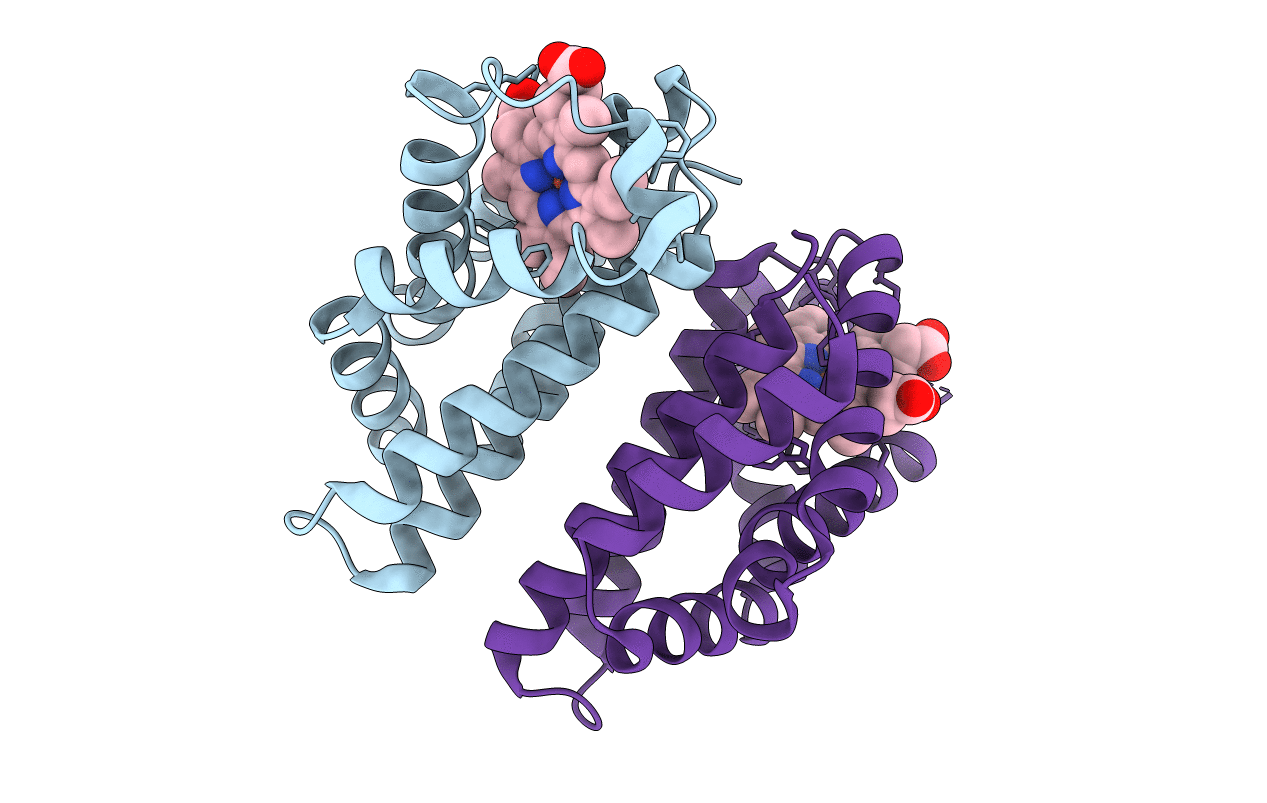
Deposition Date
2018-11-02
Release Date
2019-10-16
Last Version Date
2024-11-13
Entry Detail
PDB ID:
6I2Z
Keywords:
Title:
Isolated globin domain of the Bordetella pertussis globin-coupled sensor
Biological Source:
Source Organism:
Host Organism:
Method Details:
Experimental Method:
Resolution:
3.20 Å
R-Value Free:
0.23
R-Value Work:
0.20
R-Value Observed:
0.21
Space Group:
C 1 2 1


